Conservationists take aim at six-storey proposal
31/44 Architects has submitted plans for the controversial redevelopment of Whitechapel’s grade II* former bell foundry.
The foundry, which cast its last bells two years ago, has been based on the site since 1738 but can trace its history in the East End back to 1570. It has produced some of the world’s most famous bells including Big Ben and the original Liberty Bell.
The site was sold against a backdrop of financial pressure, though the name Whitechapel Bells was transferred to another firm.
Now developer Raycliff and architect 31/44 want to erect a six-storey hotel on brownfield land behind the 18th-century buildings which themselves will be converted into a café, a small production facility and education space.
The hotel will contain ground- and roof-level restaurants and workspace on the ground and first floors and incorporate a bellcote on the roof. It would “serve as a signpost to the historic building and an invitation to those on the high street that something far more interesting lies within”, said Will Burges of 31/44.
Using brick and cast metal with details such as green canopies over the ground floor windows in reference to the old foundry’s roofs would help it sit well with its historic neighbour, he added.
The plans have already been attacked by Dan Cruickshank’s East End Preservation Society and the Gentle Author of the Spitalfields Life blog which denounced it as a “bell-themed boutique hotel”. They backed a joint venture led by the UK Historic Building Preservation Trust which they said was interested in buying the site at market value and re-opening it as a foundry. A petition to save the foundry has attracted 11,000 signatures.
But Bippy Siegal of Raycliff, the owner of the site, said: “We are delighted that our plans for the Bell Foundry have evolved in such a positive way. It promises a great future for this historic place. We all feel a strong responsibility to deliver a plan that sustains these amazing buildings and that continues the atmosphere of craft and creation that held in the foundry for so many years.”
Burges said: “This has been a complex undertaking, necessitating significant research into the history of the site and the bell-founding process, and as architects local to Whitechapel we have been aware from the outset of the responsibility it carries.
“The historic buildings are interesting in themselves, but it is the fact that they have stood witness to and accommodated these processes for nearly 300 years that makes them truly valuable.
“The project that has emerged, following 18 months of development and consultation, is complex and has been assembled with great care – from selecting and bringing together our project partners through to considering the detailed making of the building.
“We find ourselves as the architects of a public foundry and arts facility in a listed building, as well as for a significant new hotel development next door. Both buildings are, in different ways, focused on sustaining the heritage and legacy of this globally significant site.”


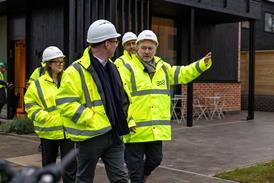

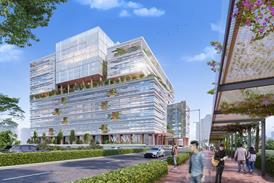




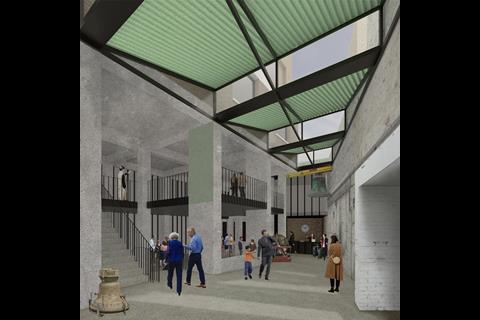

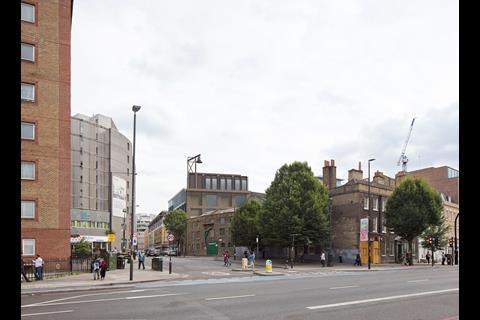
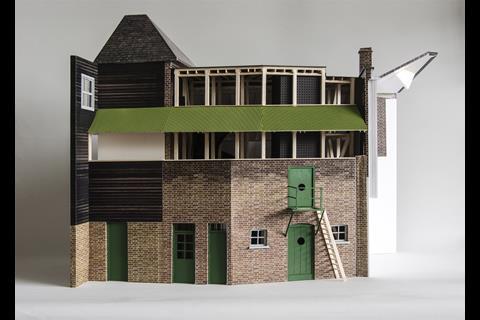

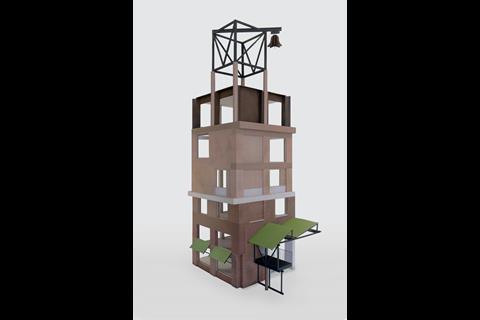
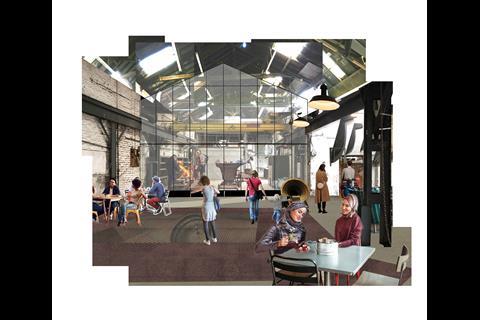







5 Readers' comments